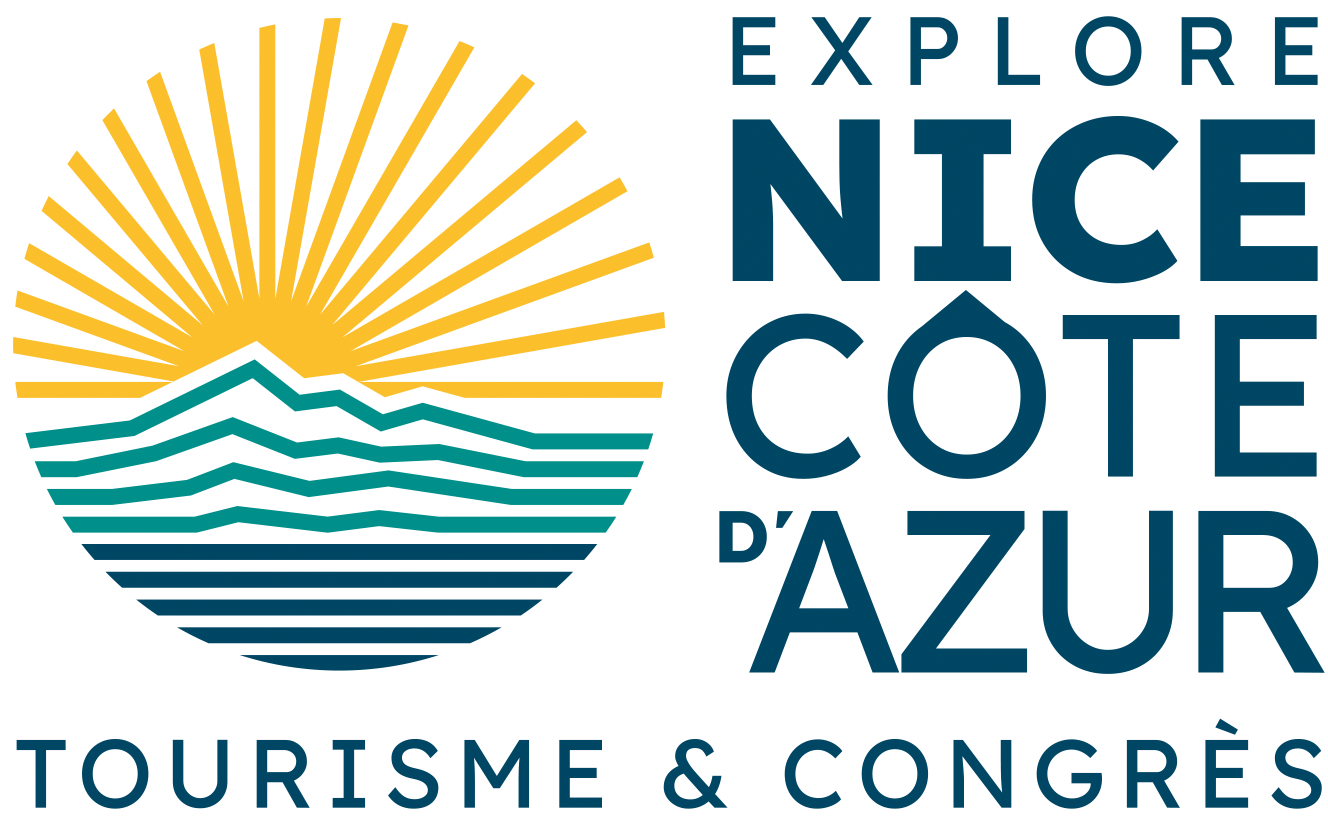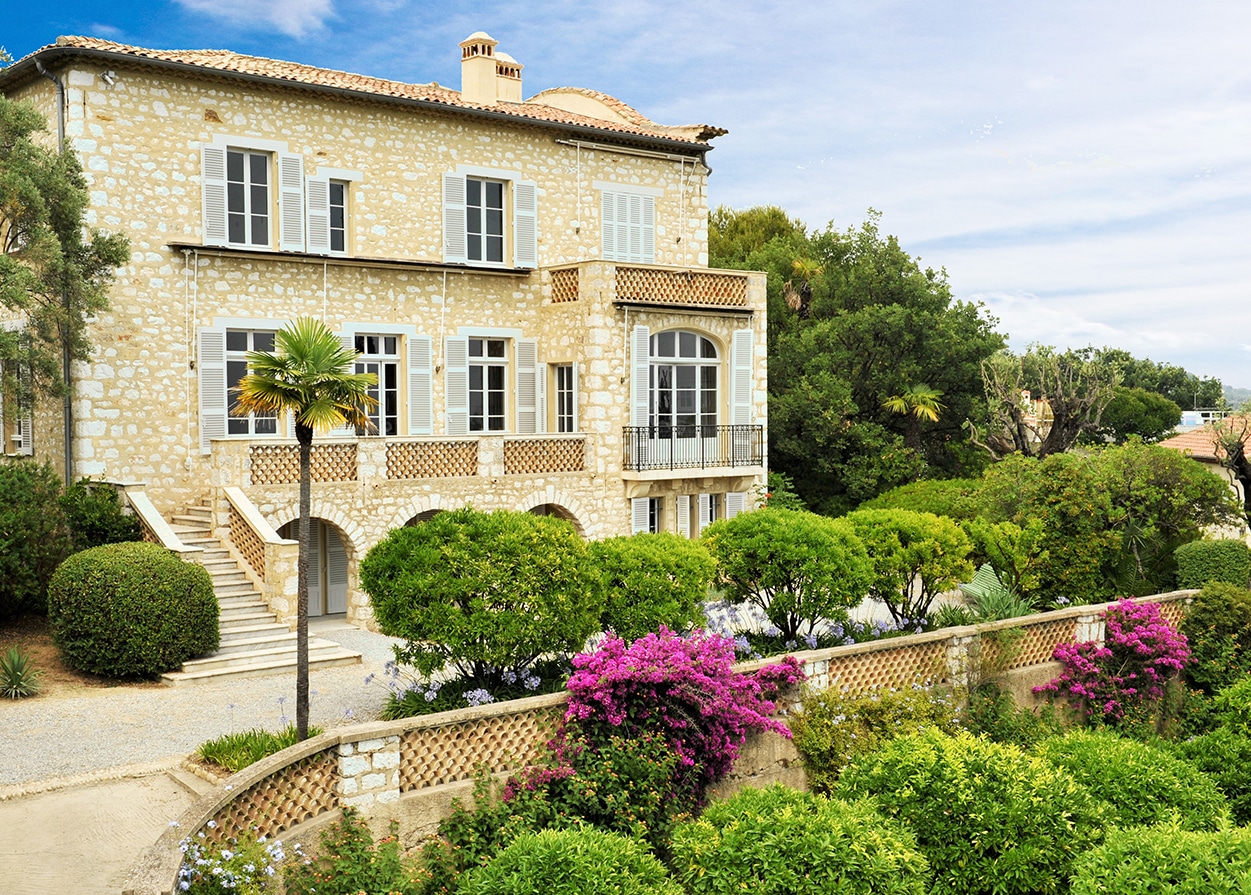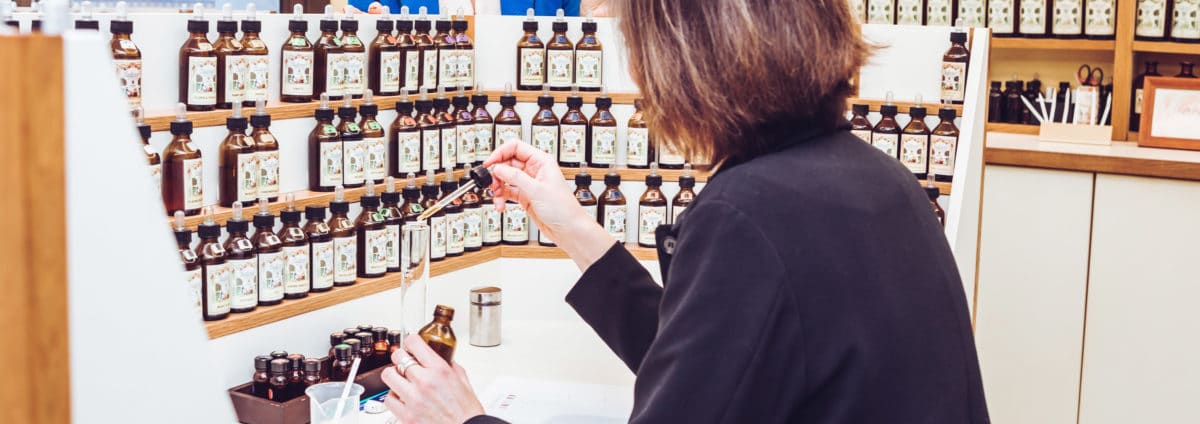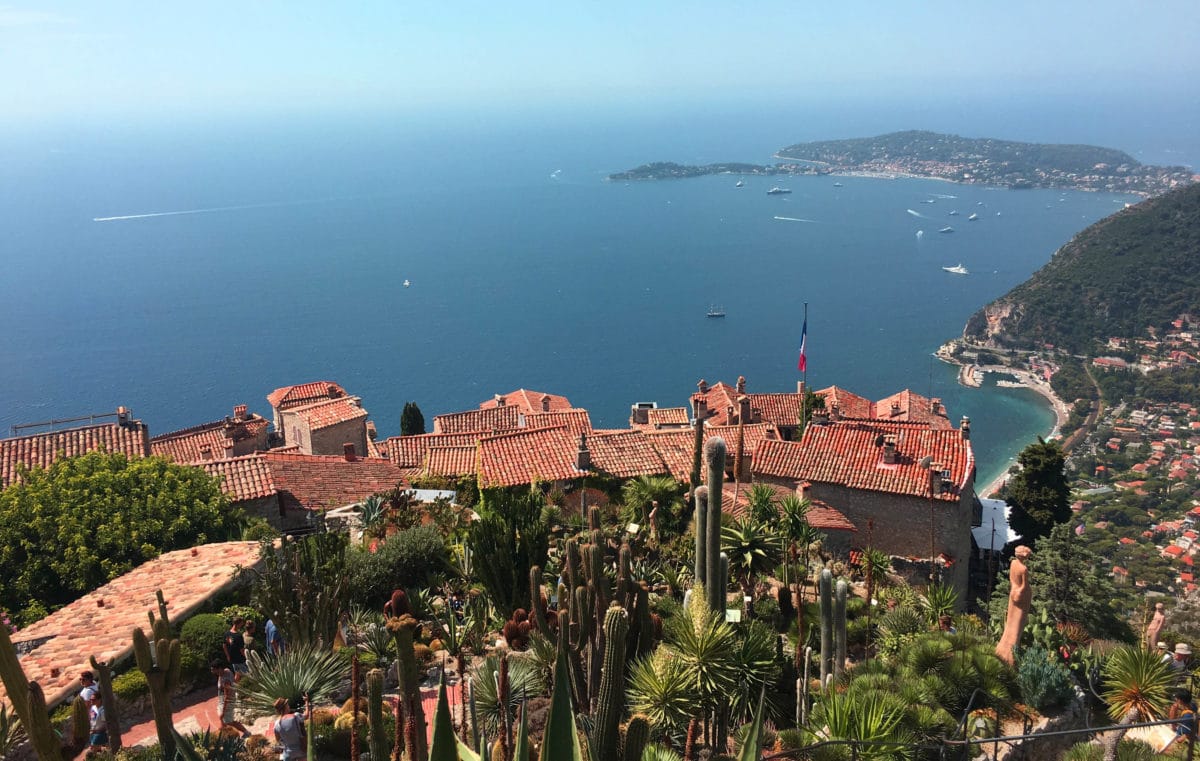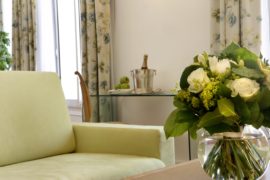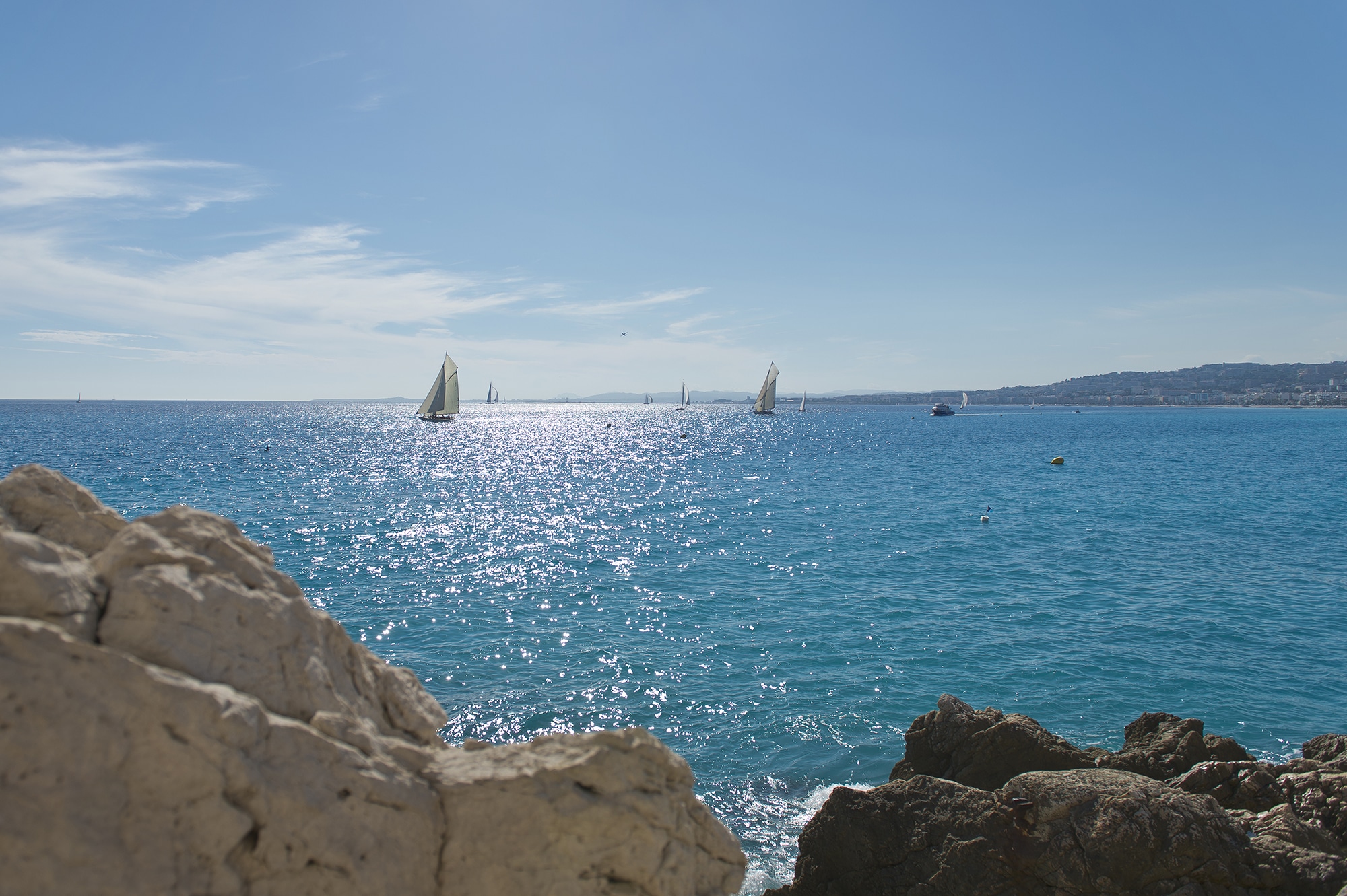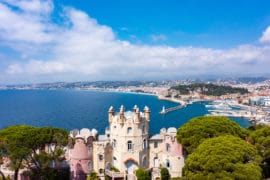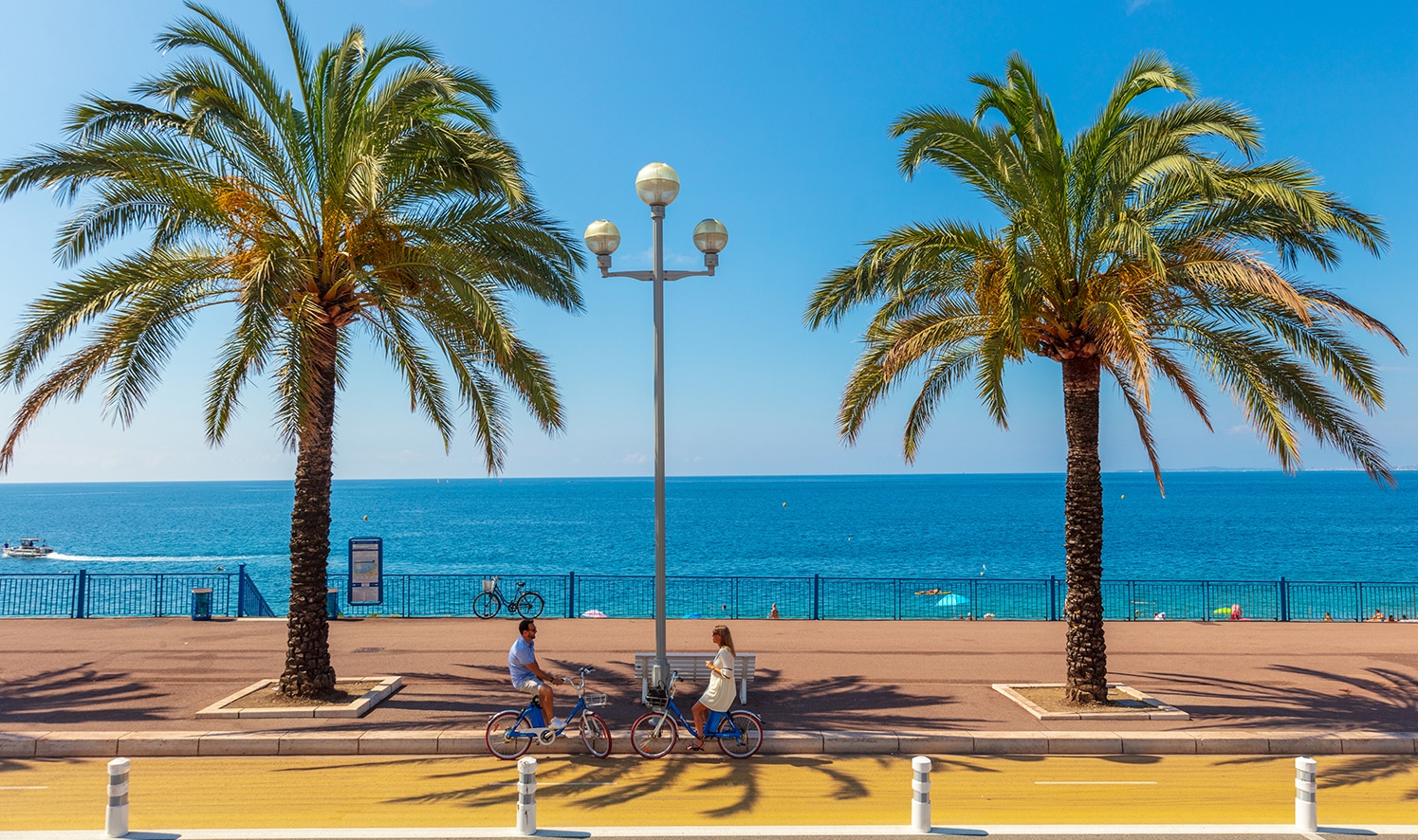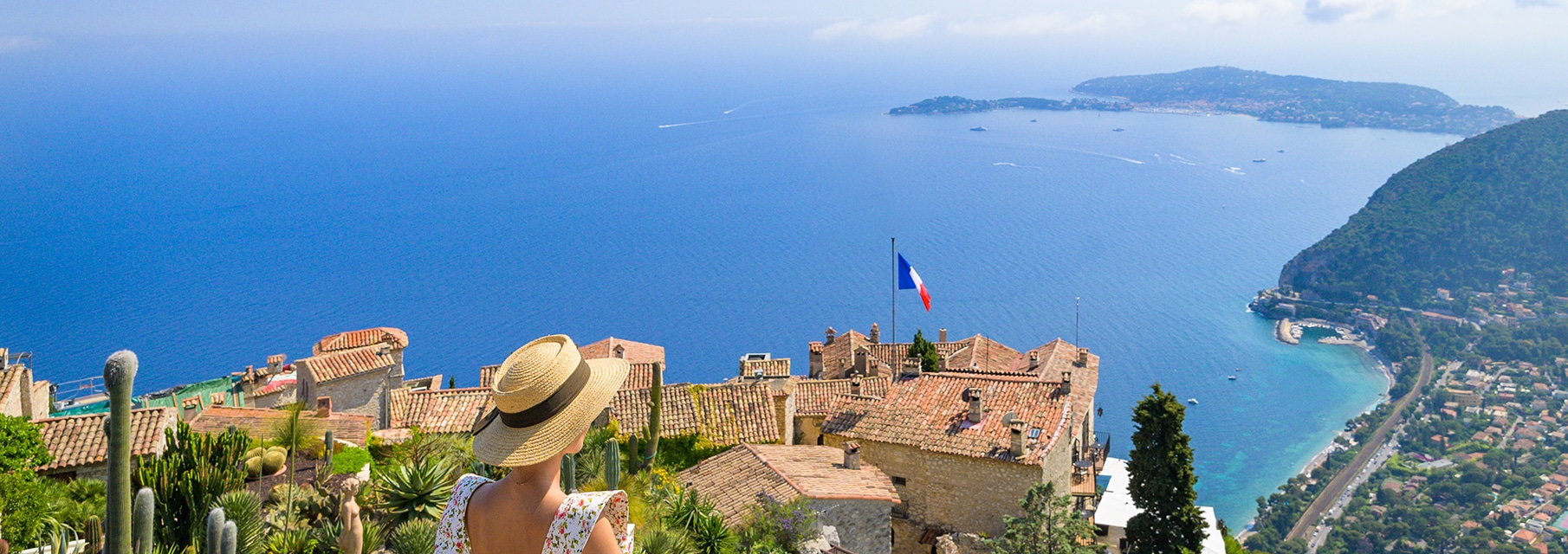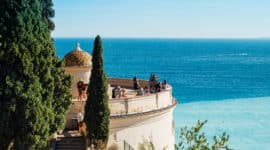Pierre Auguste Renoir Museum – Cagnes-sur-Mer
A visit to the Musée Renoir in Cagnes-sur-Mer is an invitation to discover the intimacy of the artist in the last years of his life. It’s also a welcome escape from routine and stress.
I recently visited the Musée Renoir and wanted to share my experience with you. I really enjoyed my visit, especially as our guide knew her subject inside out. She gave us a wealth of details and anecdotes, which I’m hastening to relay to you before my memory fails me…
The site where the artist had his family home built in 1908 was not chosen by chance. From the hill to the east of Cagnes-sur-Mer, the painter, his wife and three sons enjoyed a magnificent 2-hectare park planted with trees, with an uninterrupted view of the sea and the medieval village of Haut-de-Cagnes. Despite the surrounding urban sprawl, the Domaine des Colettes remains an unspoilt place where time seems to have stood still, and all the better for it!
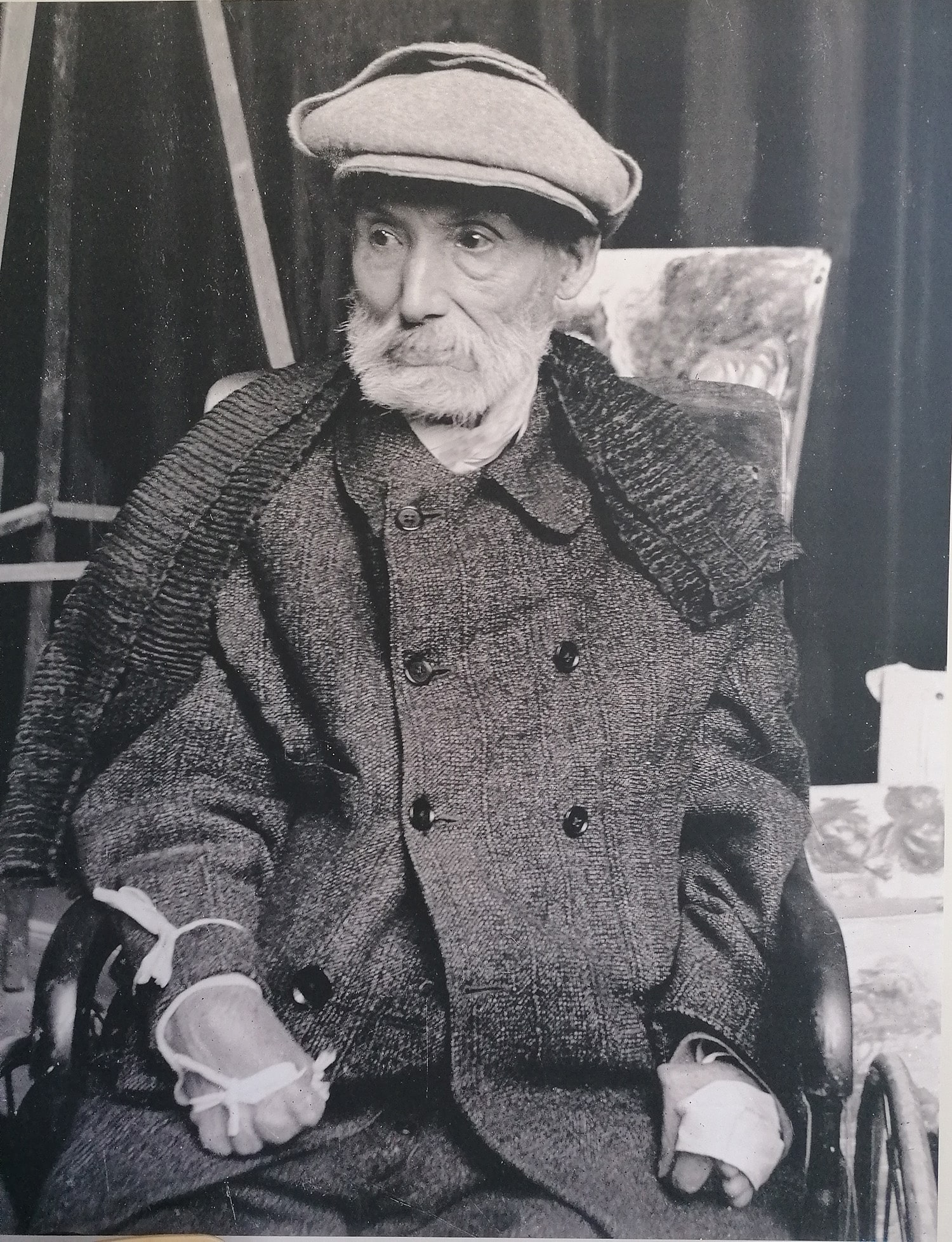
The park
150 centuries-old olive trees, spread throughout the park, give this place an undeniable Provencal charm. Under the silvery foliage, the painter often sat in his armchair on castors to contemplate the landscape or to paint. As I walk among the olive trees, the twisting trunks remind me of the last years of the Impressionist’s life, when Pierre-Auguste Renoir (1841-1919) suffered from crippling rheumatoid arthritis. In the photo above, his hands are clearly deformed by the disease. Despite all this, Renoir never stopped painting. Quite the contrary, in fact. He felt a certain urgency to produce… Under the threat of total paralysis, Renoir redoubled his activity and painted frenetically until his last day. He died on 3 December 1919 at the age of 78, not without deliriously calling for his brushes to paint yet another still life.
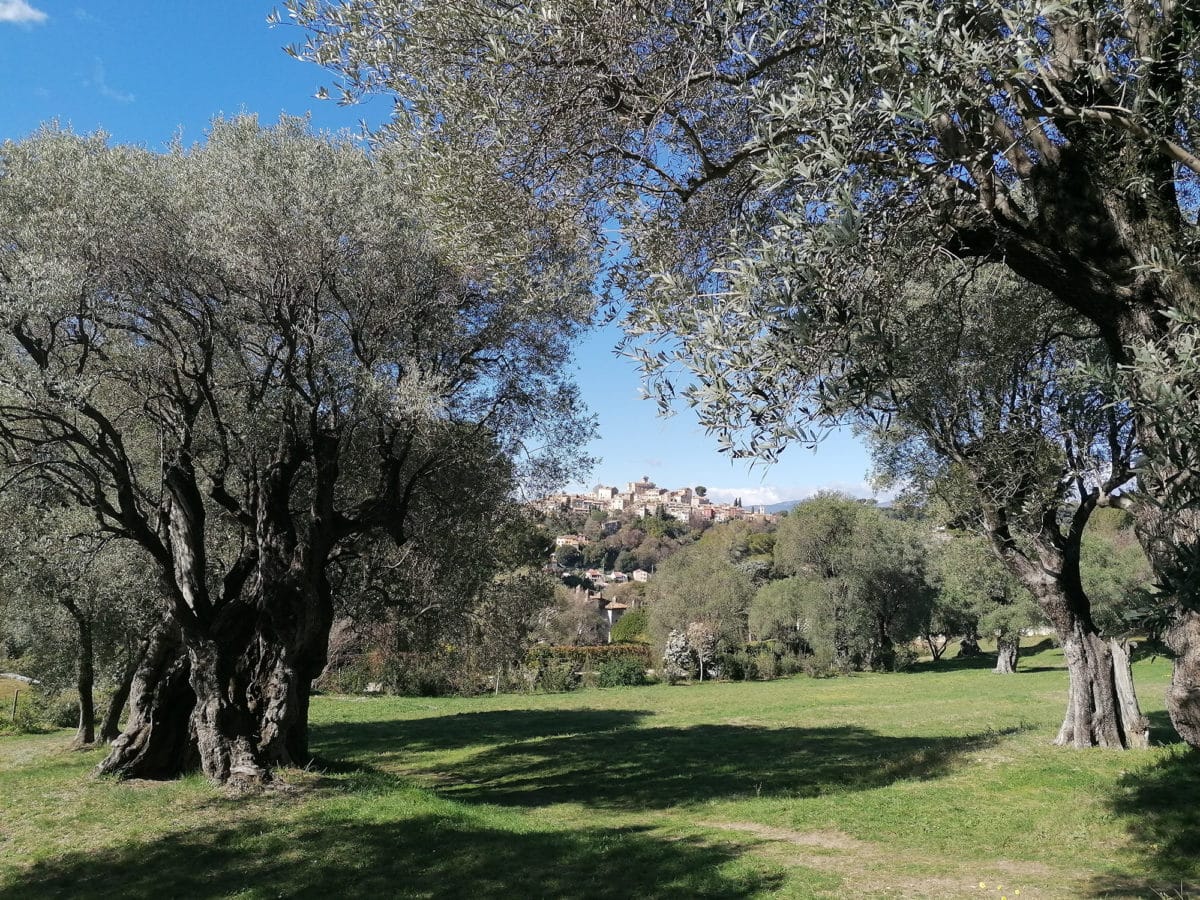
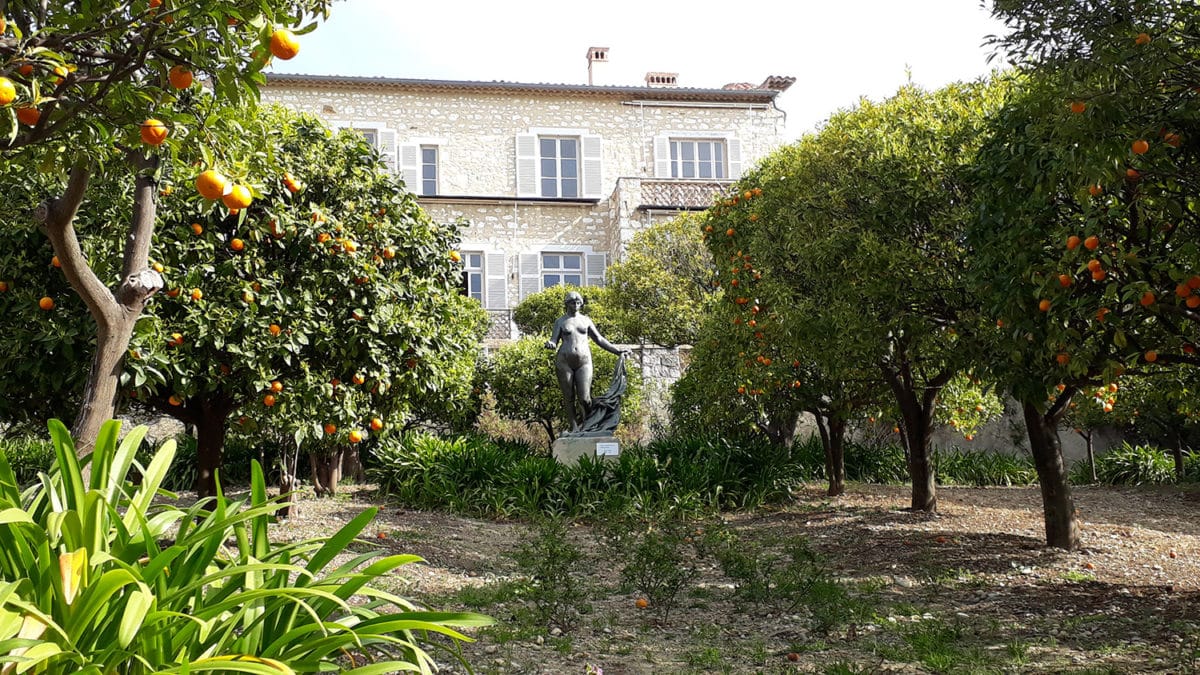
“The olive tree, what a swine! If you only knew what it did to me. A tree full of colour. Not grey at all. Its little leaves made me sweat! A gust of wind, and my tree changes colour…”
Auguste Renoir
The park also includes a very pretty orange grove. On the day of my visit, I was lucky enough to meet Milène Servelle, a farmer who promotes the local agricultural heritage and who is sometimes present on the site. She likes to say that she is simply reproducing the gestures of Aline and Auguste Renoir, who were themselves very attached to the land. At the park, Milène collects flowers and oranges to transform them into orange blossom water and delicious jams. She also collects olives to make oil, olive paste and tapenade. Watch the video of Milène Servelle.
Now it’s time to enter the artist’s main house. Follow me…
The museum house
Some of the rooms remain as they were when Auguste Renoir died. Here we enter into the intimacy of his family. We discover his dining room, his studio, his bathroom, his furniture, the pottery made by his sons… As you walk through the rooms, you’ll see 14 paintings on display. They illustrate the artist’s period in Cagnac.
The work that impressed me most was, of course, the well-known “Les grandes baigneuses”. It’s a large painting, and we’ve seen it many times in photos or in representations, but seeing it in person is a bit like seeing the Mona Lisa in the Louvre… I also had a soft spot for the little painting of ‘Coco reading’. With her long blonde hair and pink ribbon bow, you’d think Renoir had painted a little girl concentrating on her reading. But no, Renoir painted his youngest son Claude, aged 4. As children, all Renoir’s sons had long hair, which was common at the time, for both boys and girls.
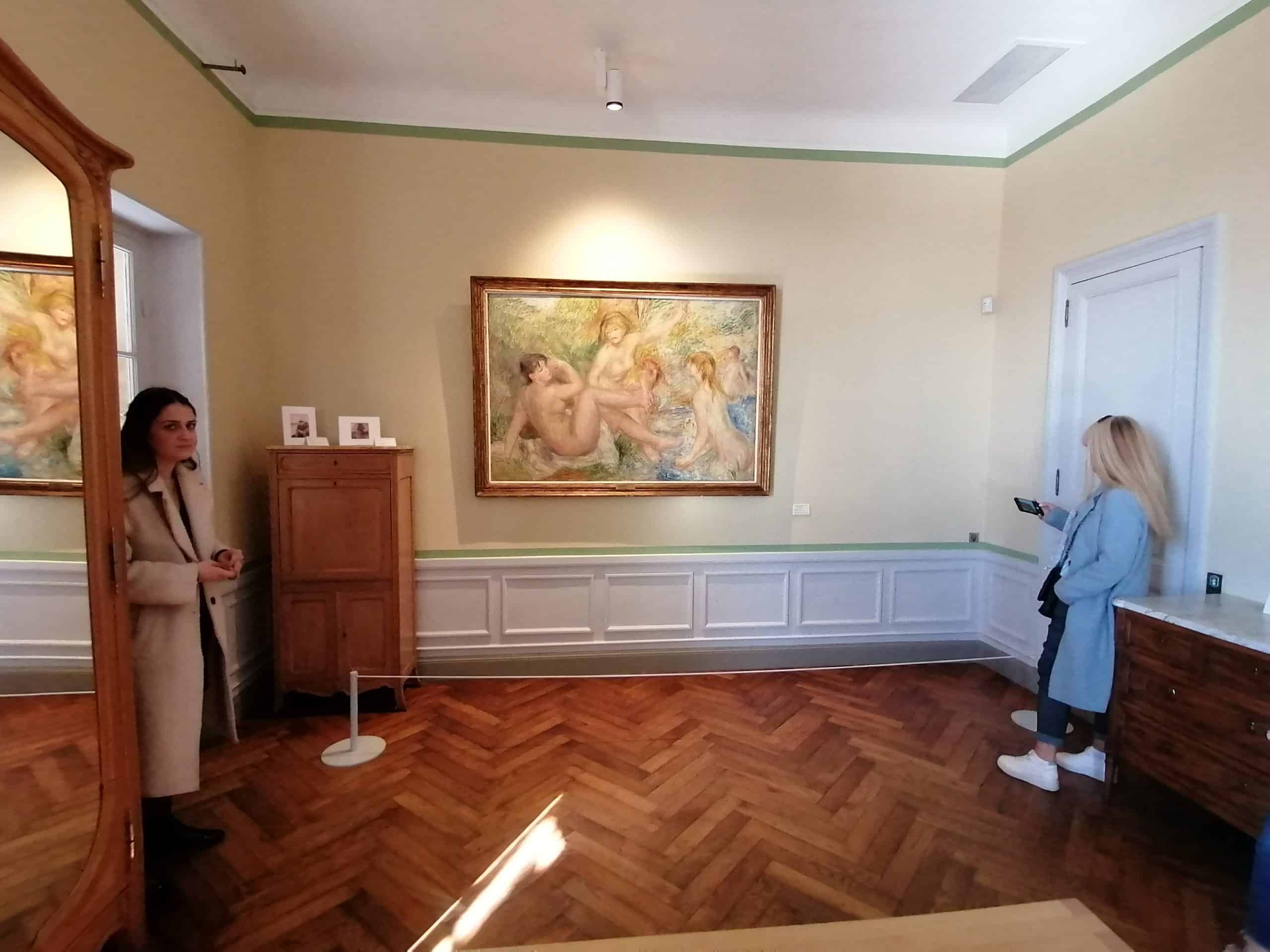
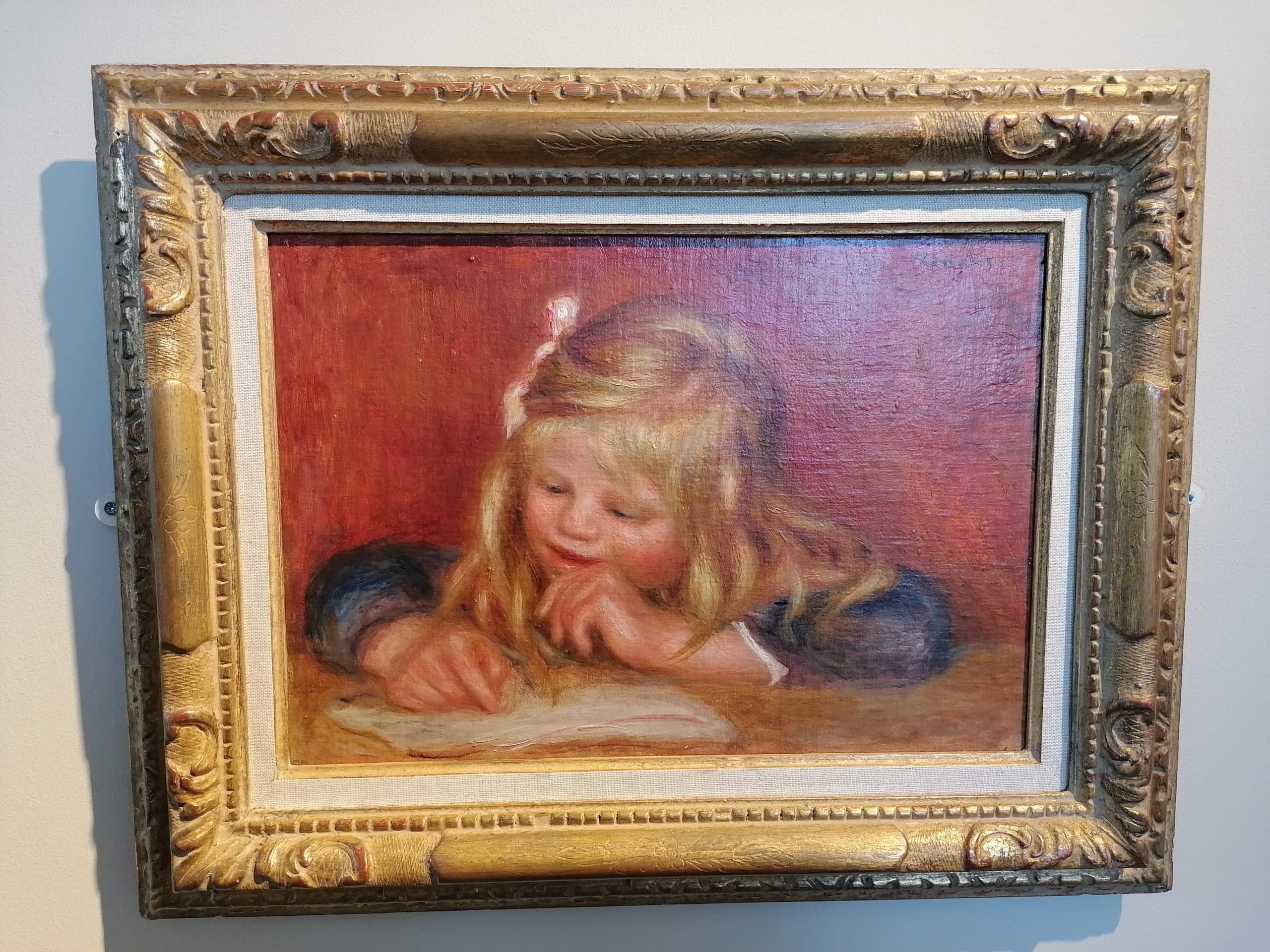
My visit lasted about an hour. During that time, I enjoyed the peace and quiet of the estate, the birdsong as I strolled through the grounds, the breathtaking view over the village of Haut-de-Cagnes, the beauty of the place and the quality of the works on display. I’d definitely recommend including this visit in your next trip to Nice Côte d’Azur! I’d also recommend a guided tour. Inexpensive (€3), it will enable you to grasp all the subtleties of the place and understand the last years of the artist’s life.
A good deal
With the French Riviera Pass, a visit to the Musée Renoir is free! Available for a choice of 3 durations (24h, 48h and 78h), the French Riviera Pass makes the most of your stay at a lower cost. Don’t forget to get it at the start of your stay or before you leave (you can buy it online). The card gives you free access to over 60 sites and activities!
Handy information
- The Collettes estate is listed as a historic site and monument.
- Museum closed on Tuesdays
- Admission: €6 (free for under-26s)
- Animals not allowed, except guide dogs
- Eating and smoking are not permitted
- Photographs are permitted in the museum without flash.
- From April to June and in September, guided tours are available on Wednesdays, Saturdays and Sundays, at 2pm and 4pm, at a cost of €3 in addition to admission.
- July and August: guided tours on Wednesday, Thursday, Friday and Saturday at 2pm and 4pm.
- Sundays: at 2pm in English and at 4pm in French, at a cost of €3 in addition to admission.
- From October to March: Wednesdays, Saturdays and Sundays at 2 pm and 3.30 pm, at an additional cost of €3.
- Double ticket (applicable to people wishing to visit the Musée Renoir and the Château-Musée Grimaldi on the same day): €8.

